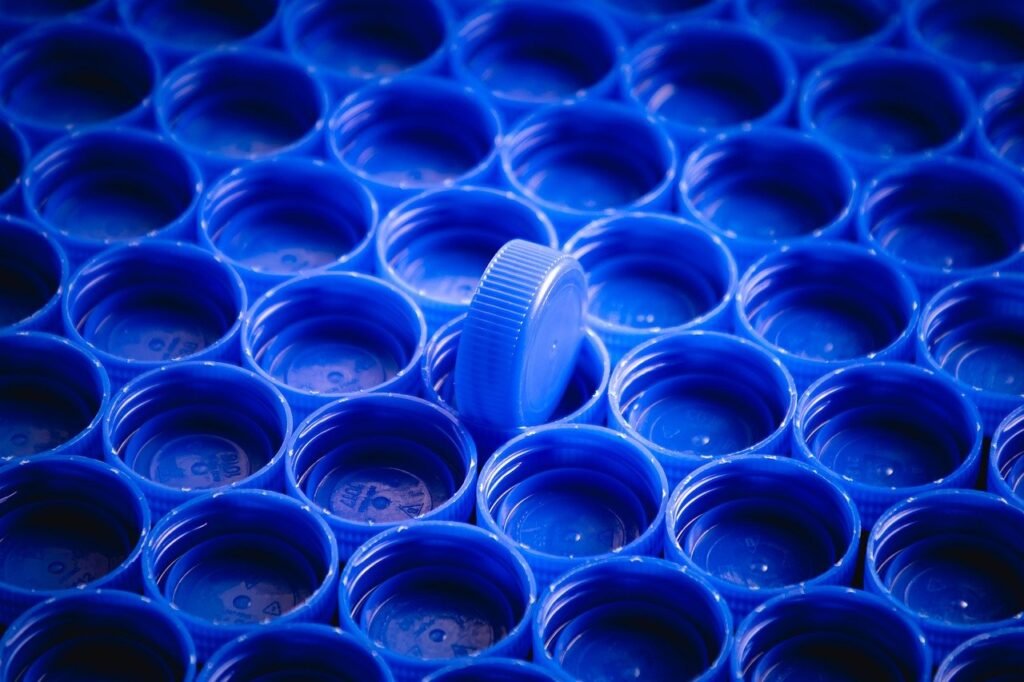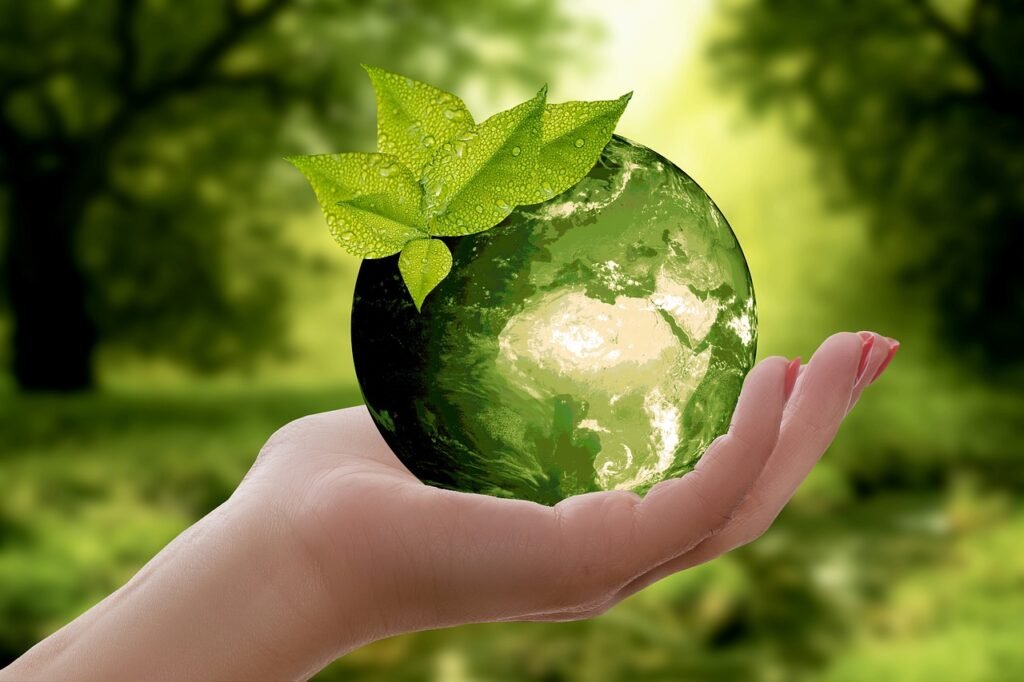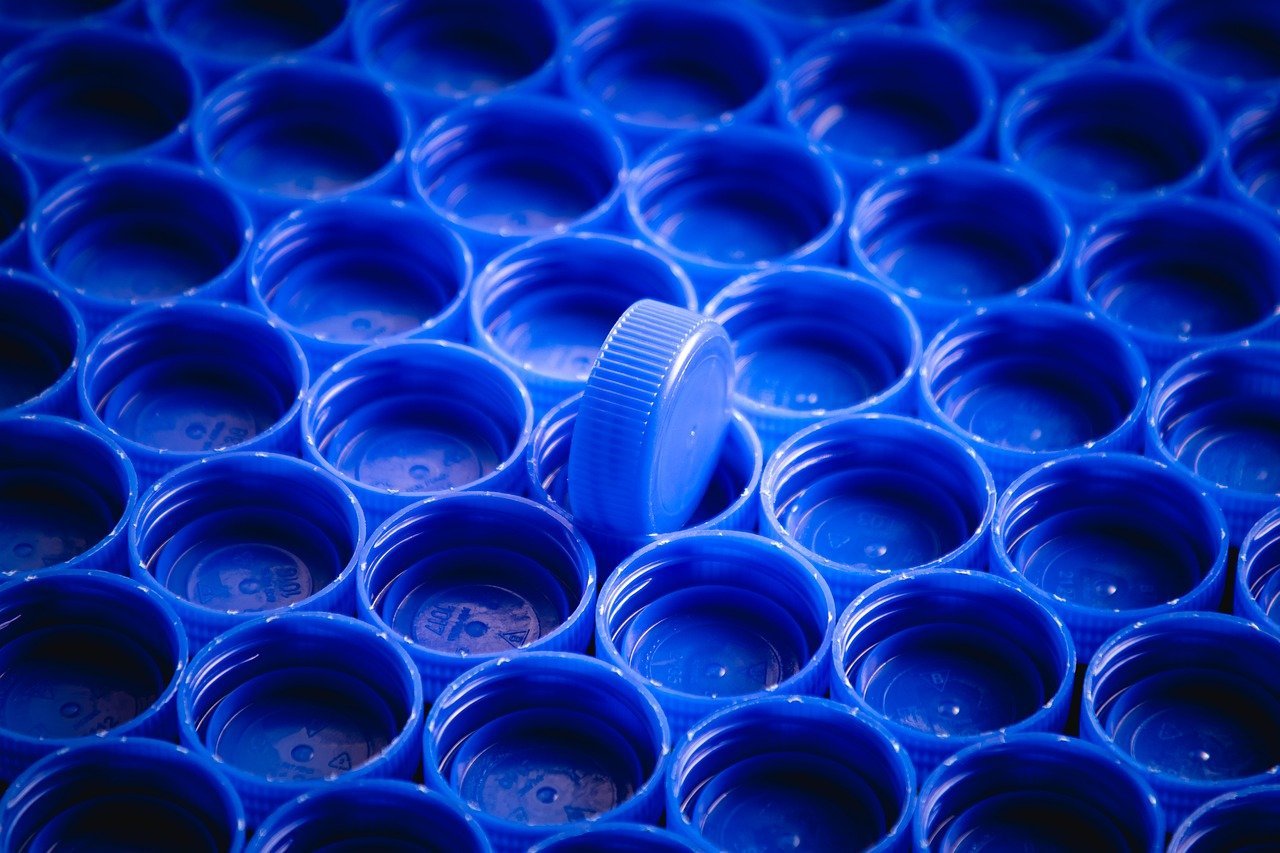Are you tired of seeing old, worn-out plastic drawers cluttering up your space? Well, fret no more! In this article, we will explore sustainable solutions for recycling plastic drawers that have reached the end of their life. Whether it’s finding recycling programs that accept these types of items or discovering creative ways to repurpose them, we’ve got you covered. Say goodbye to those pesky plastic drawers and hello to an eco-friendly future.

This image is property of pixabay.com.
1. Introduction to Plastic Drawers
Plastic drawers have become a staple in many households, providing convenient storage solutions for various items. These versatile and lightweight drawers are commonly used in kitchens, offices, and bedrooms, offering a practical way to organize belongings. However, the disposal of plastic drawers poses a significant environmental challenge. As plastic waste continues to accumulate in landfills, it is crucial to explore sustainable solutions for recycling plastic drawers.
Importance of Plastic Drawers
Plastic drawers play a vital role in maintaining an organized and clutter-free living space. They offer a convenient storage solution for a wide range of items, such as clothing, kitchen utensils, office supplies, and toys. By keeping your belongings neatly organized in plastic drawers, you can easily access and find what you need, thereby increasing efficiency and minimizing frustration.
Issues with Plastic Drawer Disposal
While plastic drawers provide us with convenience, their disposal can present environmental challenges. Traditional disposal methods such as throwing them in the trash contribute to landfill waste, which has adverse effects on the environment. Plastic takes hundreds of years to decompose, releasing harmful chemicals into the soil and water as it breaks down. To combat these issues, recycling plastic drawers can greatly reduce their environmental impact while conserving resources.
2. Benefits of Recycling Plastic Drawers
Recycling plastic drawers offers numerous benefits, both for the environment and our communities. By diverting plastic waste from landfills through recycling programs, we can make a positive impact in several key areas.
Reduces Environmental Impact
One of the primary benefits of recycling plastic drawers is the significant reduction in environmental impact. As mentioned earlier, plastic takes an incredibly long time to decompose, and its improper disposal can harm wildlife and ecosystems. By recycling plastic drawers, we prevent them from ending up in landfills, reducing pollution and conserving natural resources.
Conserves Resources
Recycling plastic drawers allows us to conserve valuable resources. The production of virgin plastic requires the extraction of fossil fuels and consumes large amounts of energy. By recycling plastic drawers, we can reduce the demand for new plastic production and conserve resources that would otherwise be consumed in the manufacturing process.
Reduces Landfill Waste
Plastic waste occupies a significant portion of landfill space, causing a strain on already limited disposal capacities. By recycling plastic drawers, we can minimize the amount of waste sent to landfills, allowing these spaces to be used for more sustainable purposes. Additionally, reducing landfill waste helps to mitigate the emission of greenhouse gases, contributing to the fight against climate change.

This image is property of pixabay.com.
3. Recycling Options for Plastic Drawers
Fortunately, several recycling options are available for plastic drawers, making it easier for individuals and communities to recycle these items responsibly.
Curbside Recycling Programs
Many municipalities offer curbside recycling programs that accept various types of plastic. Check with your local recycling authority to see if plastic drawers are included in their accepted materials. If they are, ensure that you follow the proper guidelines for preparing the drawers for recycling, such as removing any non-recyclable components.
Drop-off Locations
If curbside recycling is not available in your area or your program does not accept plastic drawers, consider utilizing drop-off locations specifically dedicated to plastic recycling. These facilities allow you to conveniently drop off your plastic drawers for proper recycling, ensuring that they are diverted from the landfill.
Retailer Recycling Programs
Some retailers take the initiative to establish recycling programs for plastic products they sell, including plastic drawers. Check with the store where you purchased the drawers or other home improvement retailers to see if they have recycling programs in place. This option provides a convenient way to recycle your plastic drawers, as you can drop them off during your next shopping trip.
4. Upcycling Ideas for Plastic Drawers
While recycling is an excellent option for plastic drawers, upcycling can also be an appealing alternative. Upcycling involves repurposing an item for a different use, prolonging its lifespan and preventing it from becoming waste. Here are a few creative ideas for upcycling plastic drawers:
Organizational Solutions
Plastic drawers can still serve as effective organizational tools even after their initial purpose. Consider using them to store craft supplies, small tools, or even as a cute display for your child’s favorite toys. By repurposing plastic drawers, you can maintain an organized living space while reducing waste.
Creative Decor
With a little creativity, plastic drawers can transform into unique and eye-catching decor pieces. Paint them in vibrant colors and arrange them on a wall to create an eye-catching display. Add some plants, photos, and small trinkets to make it truly personalized. This not only adds a touch of individuality to your living space but also contributes to reducing plastic waste.
Repurposing for Gardening
Plastic drawers can find new life in gardening endeavors. With some proper drainage holes, they can serve as convenient planters for herbs, flowers, or small vegetables. By upcycling plastic drawers for gardening, you can bring a touch of greenery into your home while reducing your environmental footprint.

This image is property of pixabay.com.
5. Reprocessing Plastic Drawers
Recycling plastic drawers involves various reprocessing techniques to transform them into usable materials. These methods ensure that the plastic is properly sorted, cleaned, and prepared for its new life.
Mechanical Recycling
Mechanical recycling is the most common method used for recycling plastic. Plastic drawers are collected, sorted by type, and then shredded into small pieces. These pieces are melted down and reformed into pellets, which can be used to manufacture new plastic products, reducing the need for virgin plastic production.
Chemical Recycling
Chemical recycling, also known as feedstock recycling, involves breaking down plastic at the molecular level to recover its base components. This process allows for the extraction of valuable chemicals, which can be used to create new plastics or other materials, reducing waste and the need for fossil fuels.
Energy Recovery
In cases where plastic cannot be feasibly recycled due to contamination or lack of suitable recycling facilities, energy recovery can be employed. Plastic drawers can be incinerated in waste-to-energy facilities to produce heat or electricity. While this method does not directly recycle the plastic, it can contribute to sustainable energy generation, reducing reliance on non-renewable resources.
6. Innovations in Plastic Drawer Recycling
As the demand for sustainable solutions increases, innovations in plastic drawer recycling are constantly being explored and developed. These advancements aim to enhance the recycling process and further reduce the environmental impact of plastic waste.
Advanced Sorting Technologies
Advanced sorting technologies, such as optical sensors and artificial intelligence, are being employed to improve the efficiency and accuracy of plastic sorting. These technologies can identify different types of plastic with greater precision, allowing for more effective recycling and reducing contamination.
Biodegradable Alternatives
In the pursuit of more sustainable options, manufacturers are developing biodegradable alternatives to traditional plastic drawers. These biodegradable materials break down more rapidly in natural environments, minimizing the long-term impact on ecosystems. By transitioning to biodegradable alternatives, we can reduce our dependence on non-biodegradable plastics and mitigate the environmental consequences of plastic waste.
Circular Economy Initiatives
The concept of a circular economy is gaining momentum in the efforts to tackle plastic waste. A circular economy aims to eliminate waste by designing products, like plastic drawers, to be easily recycled or repurposed. By embracing this approach, manufacturers can ensure that their products have multiple lifecycles, reducing the need for extracting new resources and minimizing waste generation.
7. Challenges and Limitations
While recycling plastic drawers offers numerous benefits, several challenges and limitations must be addressed to optimize the recycling process and achieve widespread adoption.
Contamination Issues
One of the primary challenges in recycling plastic drawers is contamination. Improper disposal practices, such as mixing non-recyclable items with plastic drawers, can lead to contamination, making the recycling process less efficient. Proper education and awareness campaigns are essential to educate individuals on the importance of separating recyclables and reducing contamination levels.
Lack of Awareness
Many people are unaware of the recycling options available for plastic drawers, which contributes to their improper disposal. Increasing awareness through educational campaigns can help individuals understand the environmental impact of plastic waste and the importance of responsible recycling.
Economic Viability
The economic viability of recycling plastic drawers is another limitation to be considered. In some cases, the cost of recycling may outweigh the benefits, making it less economically feasible for recycling facilities. Governments and businesses can play a crucial role in incentivizing recycling programs and supporting the development of infrastructure for efficient plastic drawer recycling.
8. Promoting Sustainable Practices
To ensure the widespread adoption of sustainable plastic drawer disposal, various strategies can be employed to promote responsible recycling.
Education and Awareness Campaigns
Education and awareness campaigns are vital in promoting sustainable practices. By informing individuals about the environmental impact of plastic waste and the available recycling options, these campaigns can encourage responsible recycling habits and increase participation rates.
Government Regulations and Incentives
Government regulations and incentives can play a significant role in promoting plastic drawer recycling. Implementing mandatory recycling programs, providing tax incentives for recycling facilities, and establishing penalties for improper disposal can create a supportive environment for sustainable practices.
Collaboration with Manufacturers
Collaboration between recycling programs and manufacturers of plastic drawers can greatly enhance the recycling process. By working together to improve product design and developing closed-loop systems, manufacturers can facilitate the recycling of their products and support the sustainable management of plastic waste.
9. Case Studies of Successful Plastic Drawer Recycling
Examining successful case studies can provide valuable insights into the effectiveness of plastic drawer recycling initiatives in different settings.
Cities with Efficient Recycling Systems
Cities such as San Francisco, California, and Portland, Oregon, have achieved impressive recycling rates through their comprehensive recycling systems. By implementing curbside recycling programs and creating awareness among residents, these cities have successfully diverted a significant amount of plastic drawer waste from landfills.
Companies Implementing Recycling Programs
Several companies have taken an active role in promoting plastic drawer recycling. Home improvement retailers like The Home Depot and Ikea have established recycling programs that encourage customers to return used plastic drawers for proper recycling. Through these initiatives, these companies demonstrate their commitment to sustainability and encourage customers to adopt responsible disposal practices.
10. Conclusion
It is essential to prioritize the responsible disposal and recycling of plastic drawers to minimize their environmental impact. Recycling plastic drawers reduces landfill waste, conserves resources, and mitigates pollution. However, to maximize the effectiveness of recycling initiatives, challenges such as contamination issues, lack of awareness, and economic viability must be addressed. By promoting sustainable practices through education, government regulations, and collaborations with manufacturers, we can strive towards a more sustainable and circular economy. Let’s work together to ensure the proper recycling and repurposing of plastic drawers, leading the way towards a greener future.
